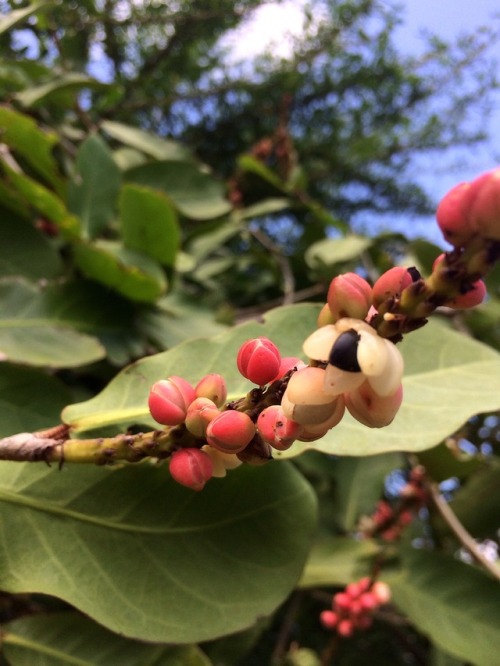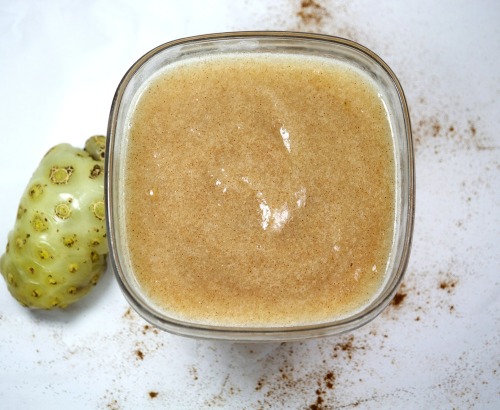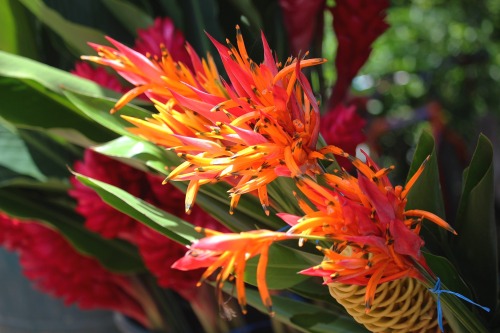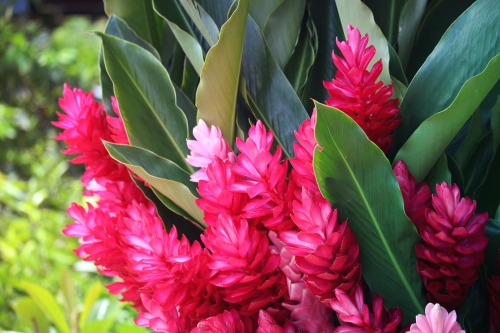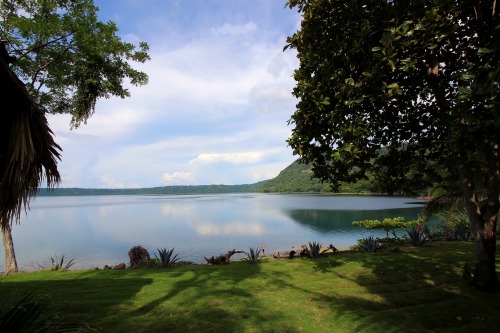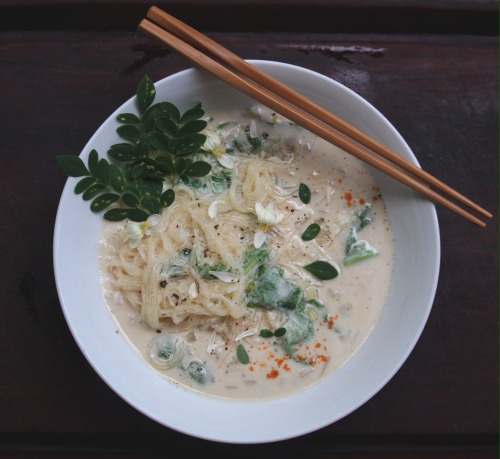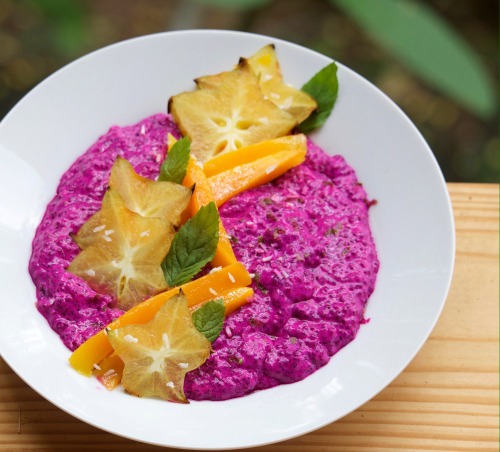#nicaragua
“According to the Global Gender Gap Index, the Central American country of Nicaragua currently places twelfth in the world for gender parity, above the likes of France, the United Kingdom, and the United States. Since the 1979 Sandinista revolution, the living conditions for women have drastically improved, successes which even the period of neoliberal rule from 1990 to 2006 couldn’t completely overturn. Throughout the second Sandinista period—from 2007 until today—the material and social position of women has continued to strengthen. Recently, new laws protecting the political and economic rights of women have been ratified after organized campaigns from the Nicaraguan women’s movement, while women’s organizations are receiving unprecedented investment and interest from the socialist government.
What can we learn from the Nicaraguan women’s movement about the global struggle for women’s rights and gender parity? This is the central question we will answer, by first giving a general overview of the conditions for women under the Sandinista National Liberation Front (FLSN) before, during, and in-between both revolutionary periods.
#tbt
#sanjuandelsur #nicaragua #takemeback #sundayfunday #sunset #travel #centroamerica (at San Juan Del Sur, Nicaragua)
Post link
I found these beautiful pink flowers blooming on our beach property.
The tree is Madero Negro and the flowers are edible (!!) and although the leaves are not, they can be used as a natural insecticide when crushed and soaked in water.
The tree is also used as a living fence and is very beneficial as it fixes nitrogen in the soil.
Post link
Foraging for wild edibles on the Northern Pacific coast of Nicaragua.
Shamus was introduced to these two wild edibles near our new home on the beach.
1. Fruto de Papaturro: I haven’t been able to find much information about this fruit online other then that monkeys enjoy them.
2. Tiguilote: known to be anti parasitic among locals and is also known as the clammy cherry tree. The berries are also known as clammy cherries or glue berries, snotty gobbles, pink pearl, fragrant manjack or Indian cherry.
The white gooey inner pulp is traditionally used to make glue and that doesn’t surprise me as they leave a latex-y film on the teeth when eaten.
Post link
Unfermented Noni Paste (like an apple sauce consistency)
Fermenting foods usually improves their nutritional value but from what I’ve read about noni, the fermentation process changes the chemical profile, destroying all of the digestive enzymes and 50% of noni’s 165 beneficial compounds so I’ve chosen to make this recipe unfermented in order to attain as many medicinal benefits as possible.
To make:
1. Mash the ripe nonis through a sieve into a bowl to separate the seeds from the flesh.
2. Mix in fresh lime and cinnamon to taste (until you’re happy with successfully masking the noni flavour) unless you like it!
3. For medicinal benefits try to consume 1 ounce a day. Begin with about .5 - 1 tbsp each day and then continue to increase slowly. The flavor at 1 ounce may be too strong in the beginning, I know it was for me. I suggest adding to daily smoothies but it certainly isn’t limited to this. Will keep in the fridge for approximately 2 - 3 weeks before fermentation occurs.
Post link
Chickpea miso | almond | homegrown moringa leaf + flower
RECIPE
Cooked Ingredients:
2 tsp extra virgin coconut oil
2 cloves garlic
¼ white onion
1 tsp ginger
1 tsp jalapeño
- -
green bean glass noodles (or any other fine gluten-free noodle of choice)
1. Finely mince garlic, onion, ginger and jalapeño.
2. Add ingredients and extra virgin coconut oil to a medium sized soup pot or wok. Sauté ingredients on low to medium heat.
Raw Ingredients:
2 cups homemade almond milk (unsweetened)
1 cup purified water
2.5 tbsp unpasteurised chickpea miso (or any other miso of choice)
1 tbsp tamari
½ tbsp coconut aminos
2 tbsp fresh squeezed lime juice
- -
½ cup shredded white Russian kale
moringa leaves and flowers
black pepper
cayenne
3. Blend the raw ingredients in a high speed blender while the cooked ingredients are sautéing.
4. Once cooked ingredients are opaque, add raw blended ingredients to the pot. Turn up heat and allow the soup to reach a warm temperature. Avoid anything close to boiling as this will destroy the beneficial components in the miso.
5. Once temperature is warm enough, add in the shredded kale and green bean glass noodles. The noodles will soften in about 1 minute. Option to cut them with scissors.
6. Garnish the soup with moringa leaves, flowers, black pepper and cayenne or any other garnishes of choice.
Post link

































